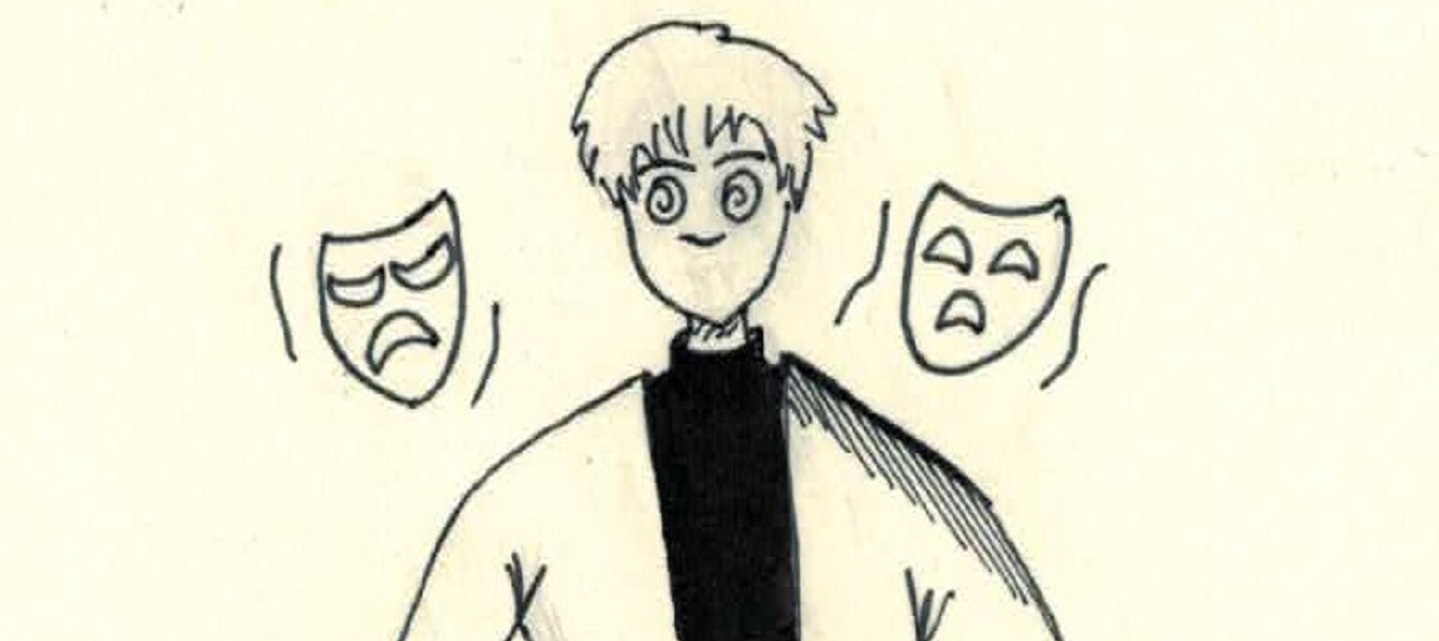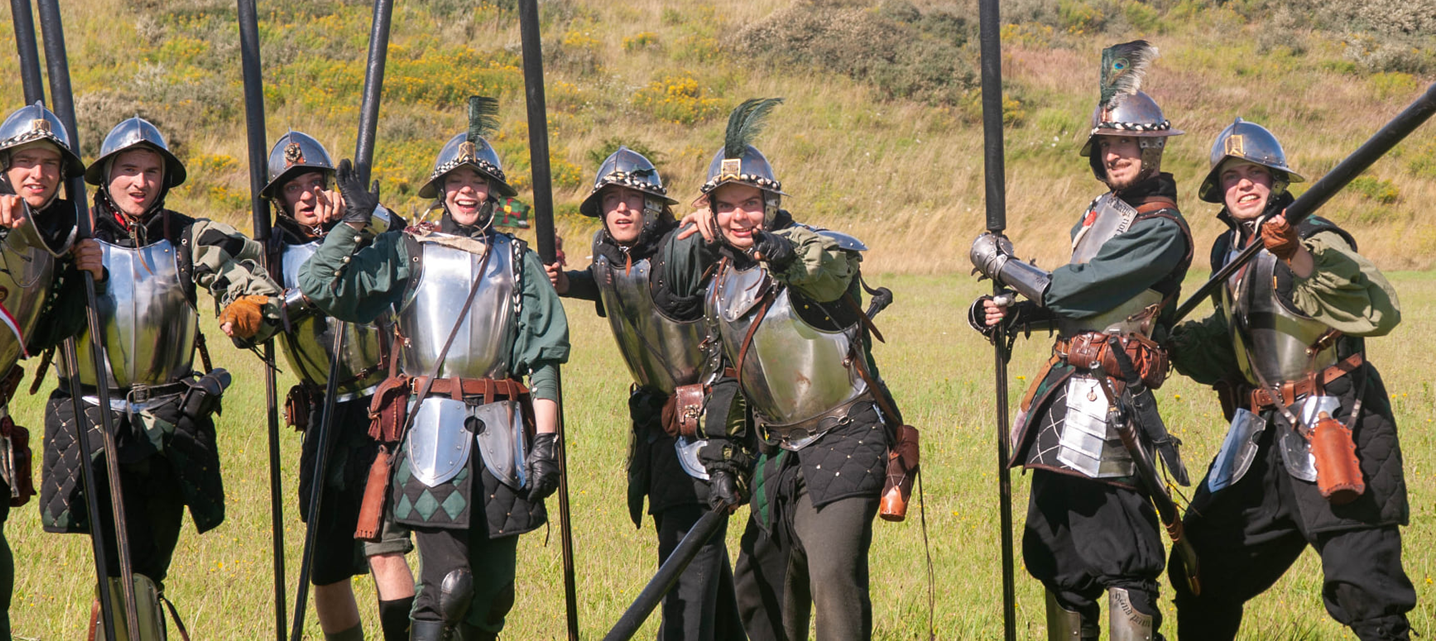Tag: accessibility
-

Player Limitations and Accessibility in Larp
in
Accessibility is about looking out for people. Thinking about accessibility signals to players that they are explicitly included.
-

Readdressing Larp as Commodity: How Do We Define Value When the Customer Is Always Right?
in
In this article, the author returns to the topic of larp as a commodity, taking a look at it in a context that is defined by numerous crises.
-

The Magic of the Silicon Screen
in
Since the Covid-19 pandemic, mainstream larp has ventured into the magic of modern technology and what it has to offer.
-

Atypical: Journeys of Neurodivergent Larpers
in
Needs and traits that must be highlighted for neurotypical players and organizers to better understand their neurodivergent counterparts.
-

Why Larp Community Matters and How We Can Improve It
There are some activities that can, and as far as possible should, be taken by individuals to help improve the larp community as a whole.
-

Accessibility in Online Larp
in
Online larps have the potential to make games accessible for a wider variety of players who may be excluded from mainstream, face-to-face larps. Here we outline some accessibility methods.
-

I’m Not Too Fat For Your Larp
in
So why do so many games still have atmospheres where people who are fat are mistreated? Where being fat marginalizes the positions you’re allowed to have?
-

10 Pieces of Advice for an Autism Friendly Larp
in
There are many things you can do to make sure that your larp is more inclusive of autistic people. This article offers several pieces of advice.
